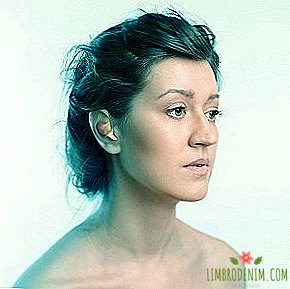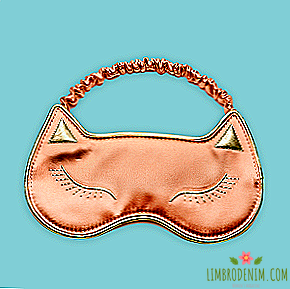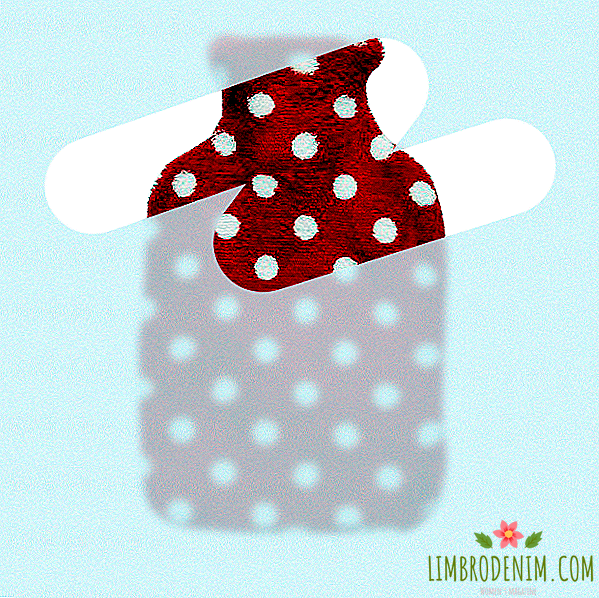"I am incredible": why we love Serena Williams
Three weeks ago, Serena Williams had a daughter, photos of which instantly spread around the world. Yesterday, the athlete published a letter in which she appeals to her mother, thanks her for her strength and support and promises to be the same mother for her daughter. Events in her personal life instantly occupy the first lines of the news - although there is nothing scandalous about it: engagement, pregnancy, childbirth. We understand how and why one of the many good tennis players has become an object of universal attention and an icon of feminism.

The habit of working hard and rising after each fall — perhaps the main feature of Serena — appeared in her childhood. Although the youngest of five sisters was allowed more than others, she was not up to the whims - the future champion had been training for hours, before and after school, and there was simply no time left for pranks. The parents decided to educate future children with athletes even before Venus and Serena were born, because tennis gave a chance to earn big money and break out of the ghetto. It sounds paradoxical, but for the sake of this goal Richard and Horasine Williams, parents of future tennis players, moved to a disadvantaged area. An inexpensive house made it possible to save money and spend it on trainings, and the ghetto around clearly demonstrated what fate awaits girls if they train little and play poorly.
Serena since childhood knew what a tough schedule, discipline and constant struggle - with rivals or circumstances. Her father gave balls on shabby courts with holes and steel nets, and Serena beat them off with adult rackets that were too big for her - the family had no money for special children's money. Her older sister Venus was a tall, athletic tennis player, and Serena remained a baby for a long time.
Nobody could think that she would grow up to be an athlete, whose name would be associated primarily with strength. But this situation forced Serena to try and reach for her older sister, achieving results, perfecting the technique. "I think one of the reasons why I work so hard and struggle so hard - I was very, very small," Serena once said.
The habit of struggling with circumstances and turning mountains made Serena a champion and legend of tennis. She won 23 Grand Slam tournaments, four times the Olympic Games, collected the Grand Slam calendar twice (this means she won four main tennis tournaments in a row) and showed an incredible ability to win even in situations where no one believed in her. But, of course, the famous Serena Williams was not only because of the number of awards. Beyonce invites her to her videos to dance, not play tennis, and photos of Serena’s newborn daughter, Alexis Olympia Ohanian Jr., were seen even by those who didn’t watch a single sporting event to the end. Perhaps the reason for such popularity is that Serena plays and lives on its own terms, and the rest adapt.


She was 19 when she was booed at a tournament in Indian Wells. Venus Williams, referring to the state of health, did not come out to compete with Serena, so the younger sister was automatically in the final. Then many thought that Richard Williams decided to move the youngest daughter to the final, and the cancellation of the match was an unfair game. Serena herself said that racism was to blame for the incident, and the crowd shouted insults at her because of her skin color. Serena did not try to hush up the conflict - instead, she boycotted the whole of Indian Wells and did not appear there for 14 years. She returned already in the status of the first racket of the world and the best tennis player in the world under the stadium's applause, putting an end to this story in the way she decided.
“I am number one due to my inability to lose,” Serena said in a recent speech at TED, and this is not only a strong reaction to unsuccessful matches. She really loses defeat, and it is important for her to rise after each fall. Between her two helmets - twelve years, many injuries and unsuccessful games. In 2004-2007, she left the first lines of the rankings for a long time and even flew out of the list of the top 100 tennis players.
At that time, Serena suffered several operations on her knee, survived a family tragedy - the death of Sister Ethunda in a shootout - and caught depression. But she found the strength to return to the sport and win the Australian Open, although critics said she was out of shape. In the biography of Serena, there are many failures, after each of which a rise follows. "I am incredible," - says Serena about herself to anyone who still did not understand.
A rare publication does without reasoning about what kind of body it has - except dry sports reviews of matches do not speak about muscles and forms. She is sometimes compared with fragile rivals, now with a tall older sister, or compared with no one, but they discuss how she looks and why, it is enough to read the comments in social networks where Serena is called a man. All this does not prevent Serena from filming for the Pirelli, Vogue and Vanity Fair calendars, showing swimsuits in Sports Illustrated and posing for photographers on Met Gala. Her body is a working tool, perfect in its business, as the list of its victories speaks best of. This body made her the best tennis player in the world and helped win the Australian Open at the 8th week of pregnancy, just two days after Serena herself found out that she would become a mother.

The body let her down - because of injuries she had to lose and miss the competition, but Serena still appreciated herself. She never tried to lose weight for the sake of someone's standards; she continues to emphasize her strength, without at all trying to hide the forms. Pink tight jumpsuit, denim skirts - Serena went to the court so that it was impossible not to notice. When the world started talking about body positivity, Serena didn’t even have to pick up the trend - it just turned out to be ahead of everyone. "I once wanted to be thin, like a sister, - but I am not she. I had to understand that I would have big breasts, that I would become big, and just enjoy this fact," recalls Serena about the time when it became noticeable that she should never be as tall and slim as Venus.
Serena naturally succeeds in promoting the idea of accepting herself, because she certainly never tried to be anyone else. She actually lives on the principle of "be yourself" and is not ashamed of it a bit: she sings in karaoke, dances right on the street or in a cafe, acts in a bright bikini and asks Reddit users when it is worth collecting a bag in the hospital. The public is conquered by its openness: the champion does not flirt and admits in tears after the lost matches that it is difficult for her not to notice the racist or simply offensive comments.
Even the charity that Serena does is aimed at giving people the opportunity to find themselves in spite of circumstances. Tennis players could have been expected to support sports, but she is building schools in Africa and is participating in the struggle for equal wages for black women, so that others have a chance to break out of the ghetto and achieve more. She herself has achieved incredible results - despite her gender, race and age (at thirty-three she became the oldest first-ranked player in the world). It shows how to become like Serena Williams, and the answer is unexpected: if you want to be like Serena, do not try to become Serena, try to become yourself.
Photo: Berlei, Serena Williams





